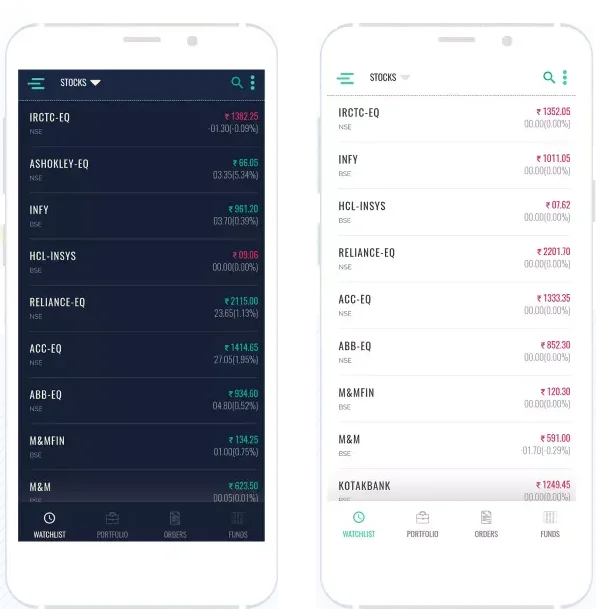
2021 has been the ‘Year of the IPOs’, indeed. With over 60 IPOs making their debut and raising almost INR 1.2L crores in the market, it has been nothing short of an investment frenzy in India. However, there have also been noticeable incidents of extreme stock price volatility since making their listing on the exchanges. Inflated market valuations without a formal track record of profitability, and concerns regarding regulatory gaps were also observed
In order to curtail these irregularities and improve transparency in the overall IPO management process, SEBI (on 28th December 2021) issued new guidelines.
SEBI regulated new IPO norms
The areas addressed in this tightening of the rules by SEBI include:
- setting of the price bands,
- sale of shares by anchor investors,
- clear disclosure on usage of sold share proceeds,
- preferential allotment criteria
Here is a helpful table which shows the comparison between the existing rules and the newly proposed ones, across a host of categories.
| Category | Existing Rules | New Proposed Rules | Anticipated Impact |
| Large shareholders OFS quota | Could have made full exit and sold 100% of shares | Cannot sell more than 50% of their holding | Might compel the large shareholders to stick around for longer duration thus lending more stability to the IPO in the secondary market |
| Anchor Investors’ lock-in period | 60 days for 50% of allotment | Existing rules plus 90 days for the remaining allotted portion (from date of allotment) | Casual investors will be discouraged to endorse, hence only genuine anchors with a concrete plan are likely to participate |
| Book-Built issues price band | No stringent mechanism in place to determine lower and higher price bands | The upper price band needs to be at least 105 percent of the floor price band. | Investors can expect more realistically priced issues and better price discovery mechanism |
| Acquisition and General Corporate Purpose fund allocation | No specification needed regarding funds usage or targeted acquisitions | If acquisition not identified, total fund for this category cannot exceed 35% | Expected to bring transparency in the company’s financial objectives, and ensure that realistic funds are being raised |
| Non-institutional investors quota | 35 percent of the IPO earmarked for NIIs in total | 33.33% of NII portion available to be reserved for application sizes of between Rs 2 lakh to Rs 10 lakh
Remaining for applicants investing Rs 10 lakh and above |
Yet to be ascertained how it will be implements but it is expected to reduce the one-sided benefits enjoyed by HNI to borrow heavily to make large bids |
| Utilisation of IPO proceeds | No monitoring by any agency | Rating agencies will monitor the use and spend of gains made in IPO sale | This is still being debated whether it will result in more prudent spending or add extra compliance overheads with limited impact |
| Valuation Process | No independent valuation report required | Valuation report from a registered independent valuer required | Intended to make the preferential allotment and IPO valuation process more transparent and fair |
General Observations
The noticeable pattern here is that SEBI has chosen to bring these amendments in order to safeguard the interest of the retail investors. It also seeks to make large shareholders and private equity investors, in the company, be more accountable for their respective roles and responsibilities.
Especially in the case of startups and other new-age companies which are largely backed by private investors with the founders having a relatively less shareholding, these rules are expected to bring more transparency in the declaration and usage of IPO proceeds as well reduce the unreasonable valuations and arbitrary price band setting before the actual launch. This is also to act as a means to encourage only serious intentions of getting publicly listed and reduce the number of companies trying to join the IPO bandwagon without a clear plan for the long term.
Additional Noteworthy Information
Before we leave, here are a few more relevant aspects regarding the revisions that have been cleared for implementation by SEBI.
- Whenever there is a change of control in the company, independent directors will have to provide reasoned recommendations and vote details in a transparent manner.
- In the case of preferential allotment, the lock-in period for promoters holding up to 20% of the post-issue paid up capital will be reduced to 18 months. This was currently set at three years.
- For promoters holding above 20% paid-up capital, the lock-in period has been reduced to six months. This was currently 12 months.
- For non-promoters, the lock-in period for allotments is reduced from one year to six months.
- Most of these changes are expected to be applicable from April 1, 2022.












[…] Source link […]
[…] Source link […]
[…] Source link […]